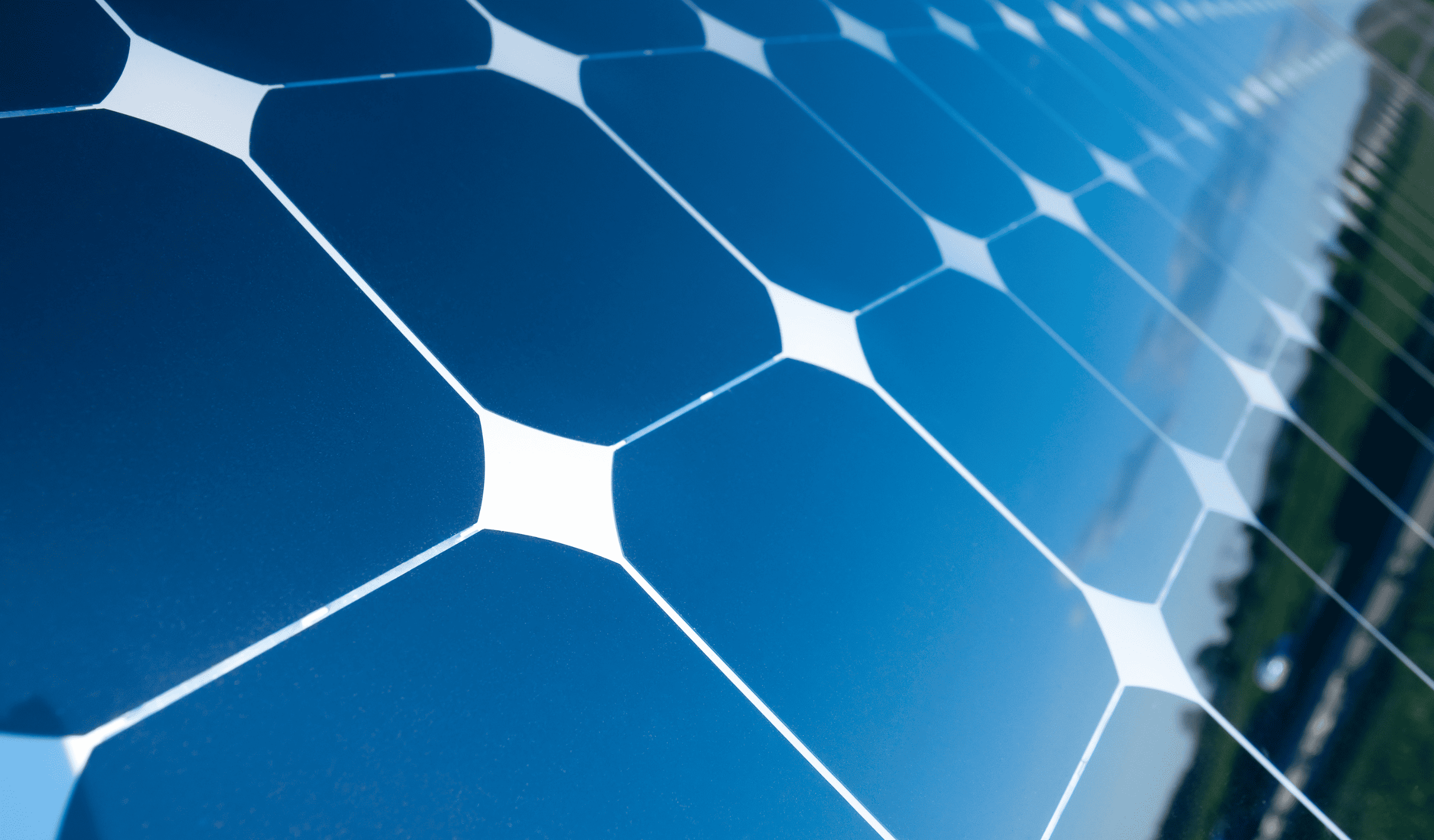Commercial Solar Financing: What You Need To Know
Commercial Solar
In addition to financial incentives, there are many benefits of installing a solar system at your business or on the roof of your building. Contributing to the environment and becoming more sustainable is a goal of many organizations in the current climate. But, paying for a commercial solar system can be expensive. Most businesses elect to finance the purchase of solar systems, and even that can be complicated. Learn more about how commercial solar financing works.
Federal Tax Credit
In 2023, the U.S. government is issuing a tax credit to all businesses that finance or purchase a solar system. Today, the minimum federal tax credit is 30% of the total system cost and can be even greater depending on the location of your business or the type of labor used to install the system.
The federal tax credit is a dollar for dollar credit meaning that if the system cost is $1 million dollars, the tax credit is $300,000 and can be applied directly against any taxes owed. Using this example, let's illustrate a potential scenario below:
- Solar System Cost: $1,000,000
- Federal Tax Credit: $300,000
- Taxes Owed Before Credit: $200,000
- Taxes Owed After Credit: $0
- Carry-Forward Credit: $100,000
Because tax credits can be applied directly to tax liabilities on a dollar-for-dollar basis, the solar federal tax credit is often viewed as equal to cash itself, if the solar system owner has a tax liability. If there is no tax liability, the tax credit is worthless unless carried forward to future years and applied to future tax payments.
Solar Renewable Energy Credits (SRECS)
Solar Renewable Energy Credits (SRECS) are cash incentives paid by utility companies to solar system owners. For every 1,000 kWh of electricity produced on an annual basis from a solar system, the owner is awarded an SREC. The SREC can then be sold to the local utility company for cash and is treated as income to the business on a tax basis.
SRECS vary on a state-by-state basis. For example, SRECS in New Jersey, are given a fixed value at the time of a solar system's installation. This means that the owner of a solar system can project his/her potential income by selling any SRECS back to the utility company. In Pennsylvania, on the other hand, the value of SRECS goes up and down constantly and is much more of a moving target. Fixed SREC values allow solar system owners to better understand their total return on investment, while variable SREC values create more risk and uncertainty.
Energy Savings
Another important element of a commercial solar deal are the total energy savings produced by the solar system. If your total cost for electricity is $0.12/kWh and the solar system is producing 1,000,000 annual kWh, then your annual energy savings are equal to (1,000,000 kWh) x ($0.12/kWh) = $120,000.
Most commercial solar systems are not large enough to offset 100% of a building's electricity usage. In other words, because commercial buildings use a lot of power, there is not enough rooftop space to build a solar system large enough to generate enough electricity to supply all of the power. On the other hand, even if a system produces 50% of a building's electricity usage, that 50% can be tallied as energy savings.
Bonus Depreciation
The IRS allows solar system owners to depreciate the majority of the system's cost in the year it is installed. There are some rules against depreciating the total system cost including the tax credit, so it is best to speak with a CPA before filing your taxes; however, usually 80-85% of the total system cost can be depreciated in year one.
Although depreciation is not a dollar-for-dollar benefit, like the tax credit, it can help to offset SREC income and additional profits generated from energy savings. Let's look as the example below:
- Solar Sytem Cost: $1,000,000
- SREC Annual Income: $40,000
- Annual Energy Savings: $120,000
- Total Income From System: $180,000
- Bonus Depreciation: $800,000
- Net Income/Loss: -$620,000


